Elektro-Plast Industrial Automation
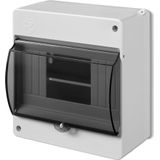
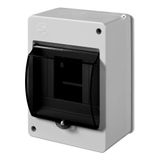
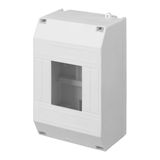
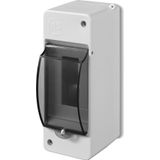
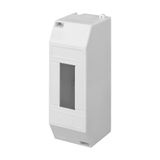
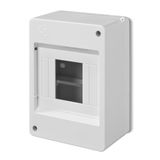

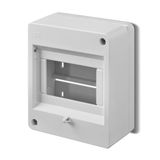

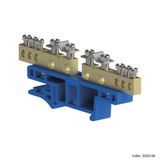

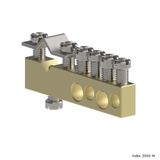
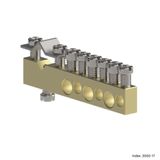
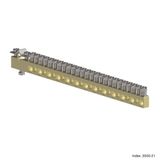
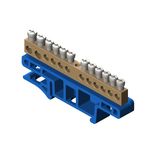




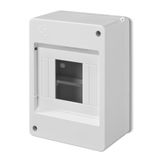
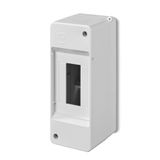

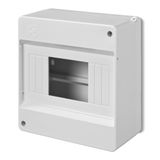
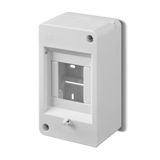





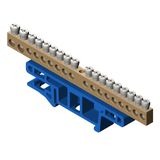

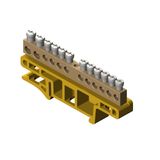
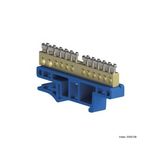
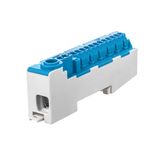
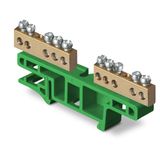
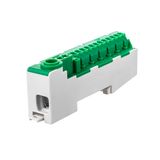
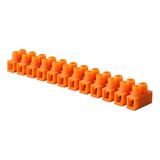
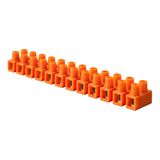
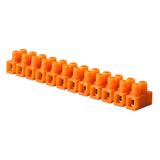
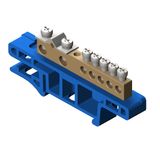
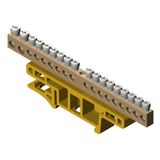
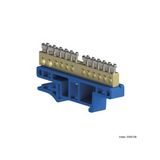


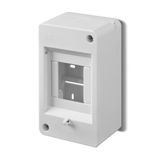
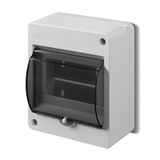


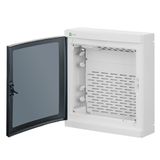
Automation doesn’t start with software — it starts with stable hardware. When circuits, buttons, and terminals are built right, everything else falls into place. That’s exactly the logic behind Elektro-Plast automatics and control: practical, field-proven components for industrial, commercial, and infrastructure applications where uptime matters more than marketing.
Elektro-Plast Automation that feels engineered, not improvised
The Elektro-Plast automation and control line covers every element of command and signaling — from push buttons and selector switches to enclosures and wiring interfaces. Each component follows the same rule: clear labeling, solid contact travel, and terminals that hold wire once and for good. Installers appreciate that simplicity. It’s not about fancy looks — it’s about tactile precision and consistent feedback on every press or turn.
Elektro-Plast Control equipment that stays reliable under load
In automation cabinets, nothing sees more abuse than the front panel. Heat, dust, vibration — it’s a daily test. Elektro-Plast control equipment handles it without drama. The contact blocks are self-cleaning, the bezels stay tight after years of use, and the housings don’t fade or deform from temperature changes. Whether you’re running a small production cell or a complex process line, the response stays crisp and predictable.
Industrial automation built for everyday operation
You can’t afford guessing in machine control. Elektro-Plast industrial automation components come from the same mechanical DNA as their enclosures — rigid thermoplastics, stainless fasteners, and sealing up to IP65 when combined with gaskets or couplers. Every part meets IEC and EN norms for dielectric strength and insulation clearance, so panels stay compliant and safe across their lifecycle.
Elektro-Plast Control devices for machines and panels
From start-stop stations to selector switches and indicator heads, Elektro-Plast control devices integrate seamlessly into operator panels and machine housings. The action is clean, the terminals accessible, and the mounting hardware standardized. Electricians don’t need special tools or adaptors — the parts just fit. Optional LED modules and colored actuators support clear signaling in noisy or low-light zones.
Control and signaling in one ecosystem
Where control meets indication, Elektro-Plast control and signalling components keep information flow clear. Each push button, pilot light, and selector switch works with a matching contact block. The result — uniform feedback and minimal wiring complexity. Color coding follows EN 60073 standards, so maintenance teams can read the system at a glance.
Components that simplify machine control
Inside a panel, layout discipline saves hours. Elektro-Plast machine control components — holders, bases, and interface blocks — keep wiring routes neat and secure. They align perfectly with Elektro-Plast enclosures and ducts, which means no drilling or trimming to make things fit. When you open a completed cabinet, everything lines up — terminals, actuators, legends — exactly as planned.
Accessories that complete the automation set
Good automation doesn’t stop at buttons. Elektro-Plast automation accessories include contact blocks, mounting rings, gaskets, protective covers, and spacers that make assemblies durable and serviceable. With these, you can build a full command system — modular, IP-rated, and standardized — without mixing brands or modifying parts.
Control systems that scale cleanly
For integrators, Elektro-Plast control systems provide a flexible foundation. Whether you’re designing a standalone machine, a distributed automation rack, or a remote station, the mounting geometry and accessories remain consistent. Expansion modules connect without stress, and the cabling stays organized inside dedicated ducting channels.
Panel control devices that feel professional
Front panels are the face of any system. Elektro-Plast panel control devices give them that professional finish — tight bezels, crisp click feedback, and clear legends that don’t peel off with heat or solvent. They match the visual language of industrial equipment while staying simple enough for electricians to replace without documentation.
Wholesale and B2B supply
At Bank of Lamps, we supply the full Elektro-Plast automatics and control range — from individual buttons and signal heads to complete control assemblies and panel kits. Available for bulk and B2B distribution across Europe with technical datasheets, assembly drawings, and compatible enclosure options.
Because real automation isn’t built in software menus — it’s built with components you can trust, tighten, and forget about for years.